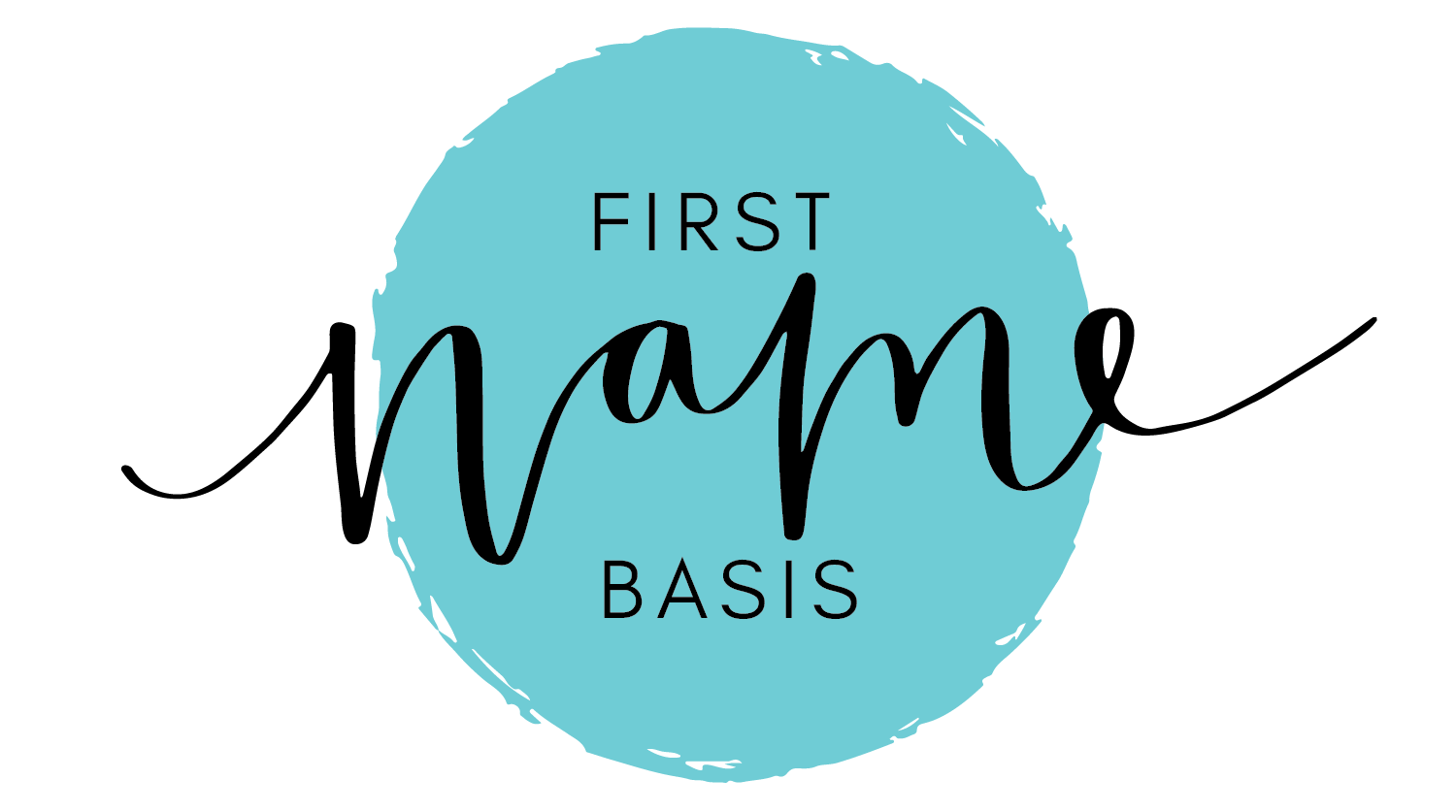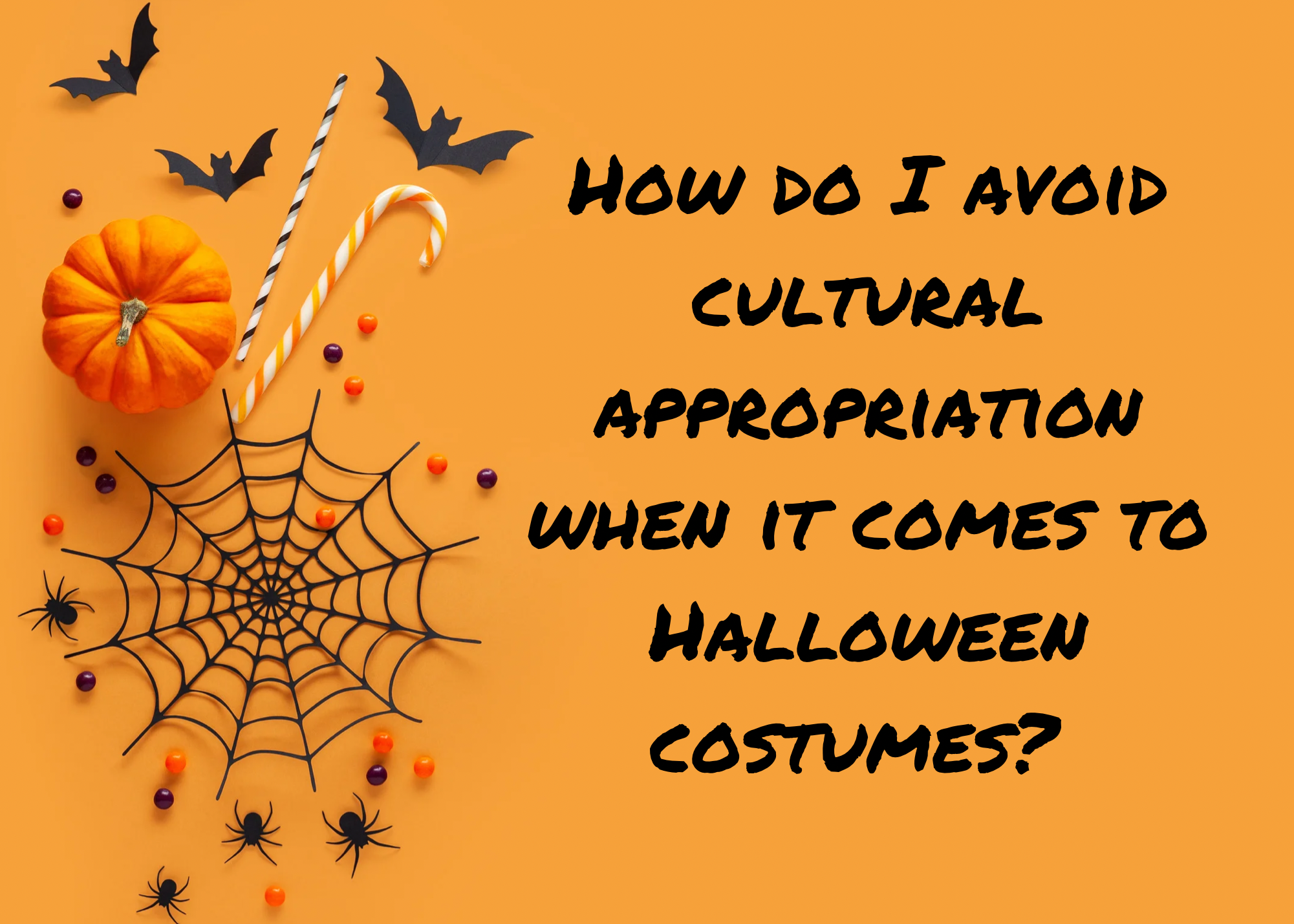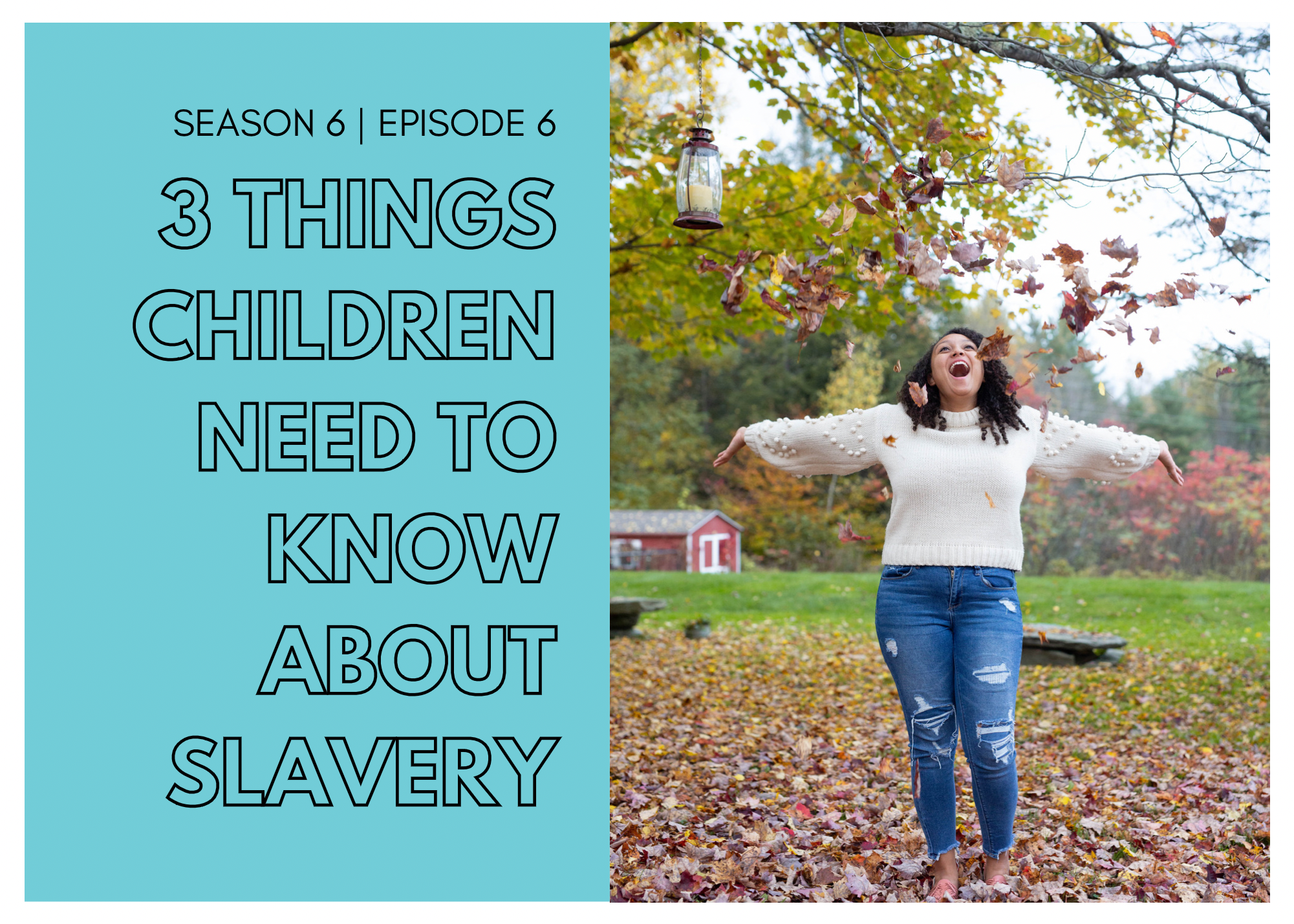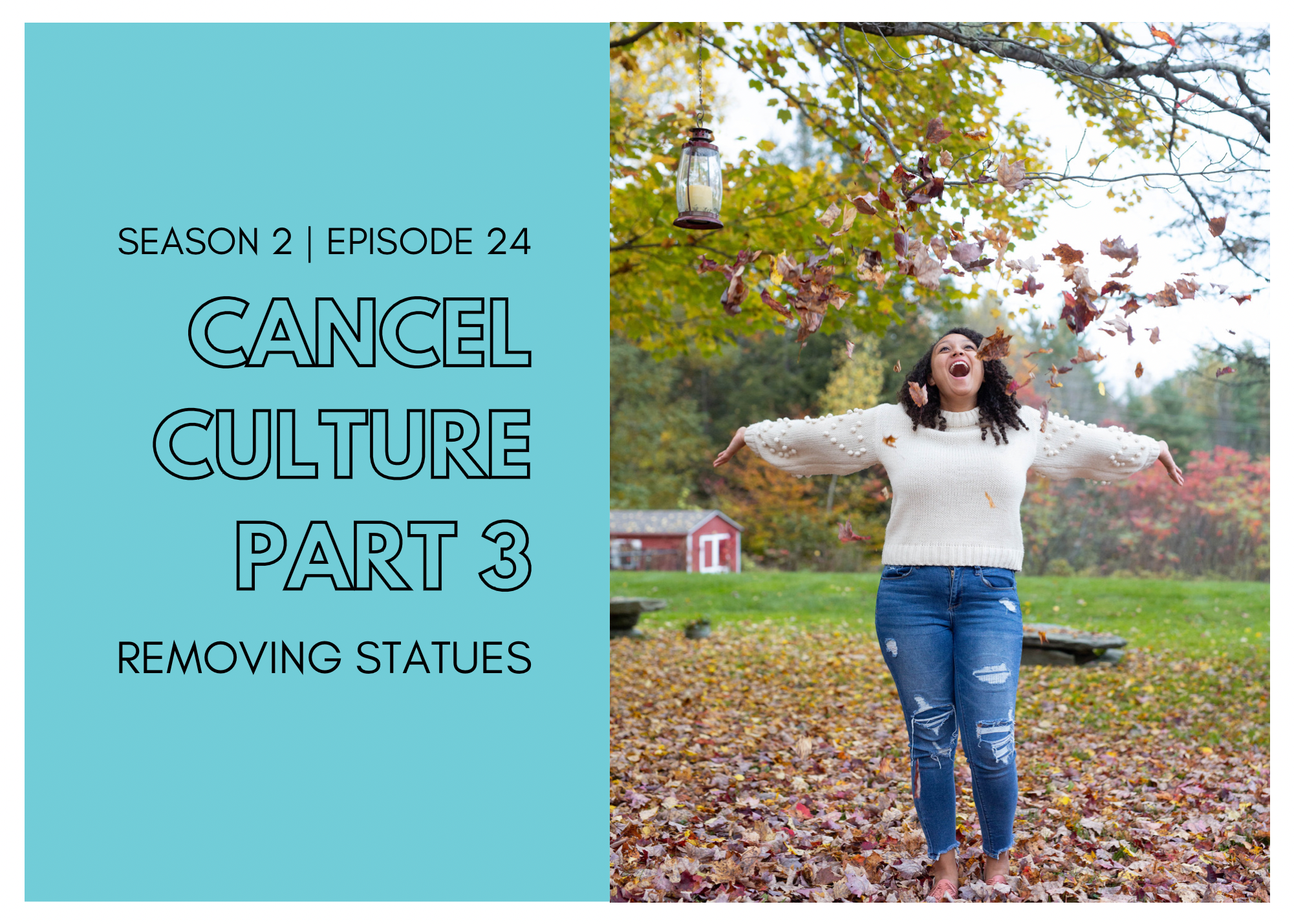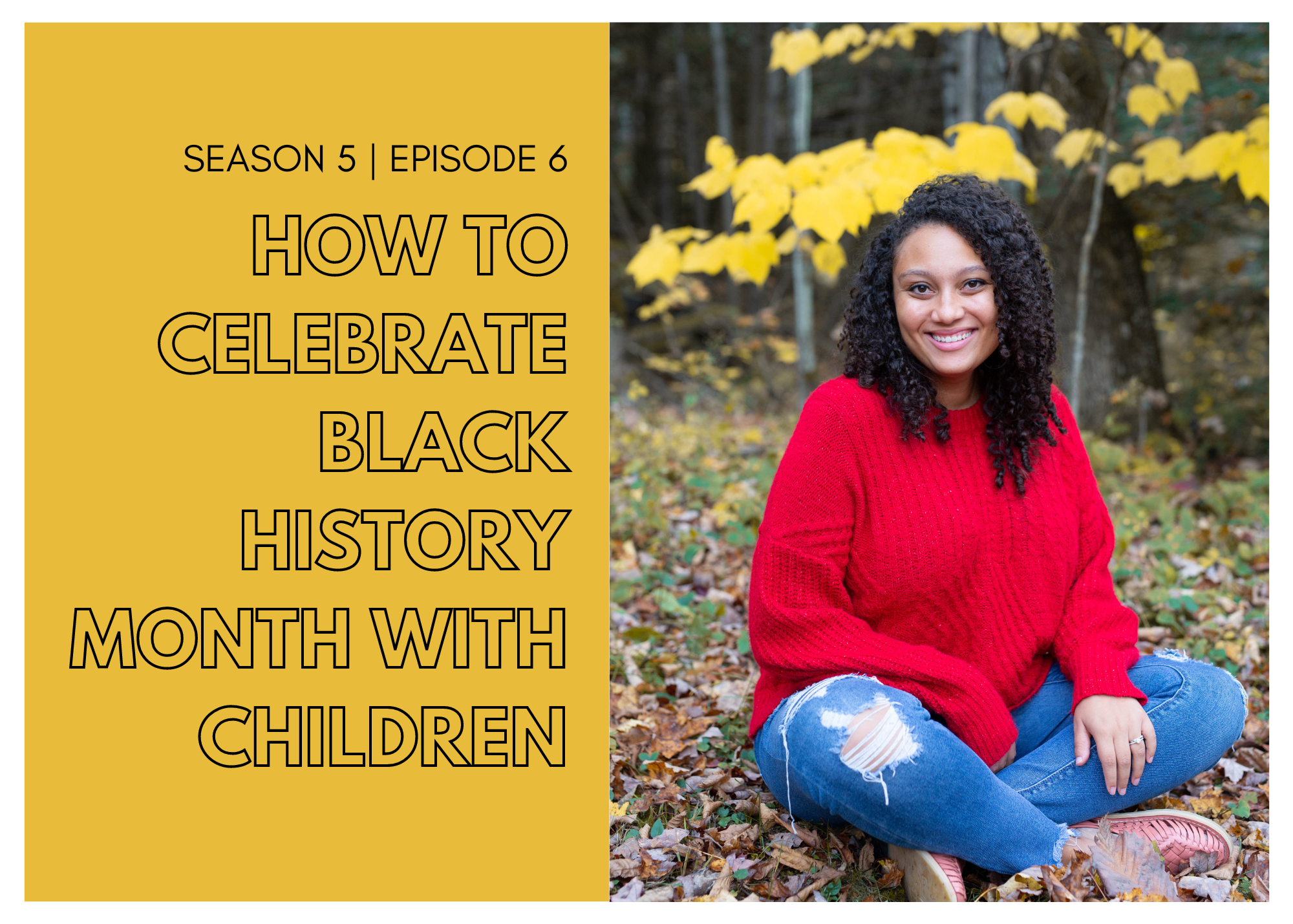If Reverse Racism Isn’t Real, Then What Is It?

Have you ever heard a white person claim that they’ve experienced “reverse racism”? I sure have!
But here’s a spoiler alert for you: Reverse racism is not real.
Don’t get me wrong — racial descrimination and prejudice are real regardless of race, but there is a piece of the puzzle that must be there for it to rise to the level of racism, and that piece is power.
So if it isn’t “reverse racism,” then what is it?
Here are some definitions from our Ally Elementary curriculum to help you understand.
- Bais: A bias is when we have strong opinions about people, places, or things even if we don’t have very much personal experience with them.
- Prejudice: Prejudice is when you prejudge someone, which means you think you know what they are like on the inside based on what they look like on the outside.
- Discrimination: Action that is based on prejudice, which can include things such as ignoring, exclusion, threats, ridicule, slander and violence.
- Racism: Racism = Prejudice + Power. Discrimination based on race is part of racism, but what makes something fall into the category of racism is power, meaning the person doing or saying the harmful thing is part of the group that is making the decisions and rules and enforcing them.
You can learn more about why reverse racism isn’t real by listening to the First Name Basis Podcast, Season 4, Episode 9: “Is Reverse Racism Real?” or by investing in our Ally Elementary or Ally Elementary Jr. programs.
